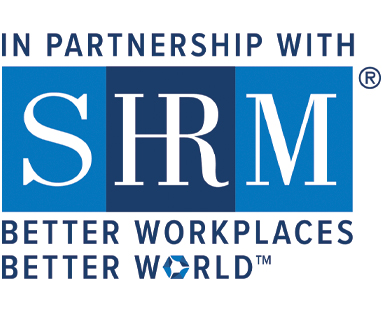Labor Management and Unions: Exploring the Fundamentals of Labor Relations and the Law
Recommended as a first course in the Labor Relations Certificate, Labor Management and Unions: Exploring the Fundamentals of Labor Relations and the Law lays the foundation for the program with a thorough examination of the National Labor Relations Act, its structure, its application to represented and unrepresented employees, and the implications for collective bargaining. A blend of the law and real-world examples, this class answers the “how” or “why” to many of your questions about labor relations.
This course is preapproved by the Society for Human Resource Management for 10.5 Professional Development Credits (PDCs) toward the SHRM-CP or SHRM-SCP.
This course can be applied to the Labor Relations Certificate.
Instructor

Mr. Secaras counsels and represents employers throughout the country in traditional labor matters arising under the National Labor Relations Act, collective bargaining and grievance/arbitration matters. He also counsels and represents employers in employment law issues (including issues arising under Title ... read more
Benefits and Learning Outcomes
- Recognize the significance of the National Labor Relations Act (NLRA).
- Discover the structure and authority of the National Labor Relations Board.
- Identify the rights of employees and employers in the NLRA.
- Compare and contrast union and employer unfair labor practices.
- Correlate the NLRA to union organization and collective bargaining.
Course Outline/Topics
The NLRA
- Federal Law enacted in 1935. Few amendments – New Deal legislation
- Authorizes unionization and collective bargaining
- Applies only to private employers
- Protects rights to exclusive representation and collective bargaining
The NLRA creates the National Labor Relations Board (discuss structure and authority)
- The Board
- The General Counsel
- Administrative Law Judges
- Regional Offices
Section 7 of the NLRA
- Employee right to join/form a union
- Employee right to refrain from such activity
- Protected Concerted Activity (applies to nonunion employees too)
Section 8 of the NLRA
- Employer unfair labor practices
- Union unfair labor practices
- Duty of Fair Representation
- Remedies
Section 9 of the NLRA: How employers are organized/How employees are unionized
- Voluntary recognition
- NLRB supervised election
- Petition for election
- Majority of voters (50% plus 1)
- Bargaining Order
Collective Bargaining
- Information Requests
- Good Faith Bargaining v. Bad Faith Bargaining
- Hard Bargaining
Economic Weapons During Bargaining
- Economic Strike
- ULP Strike
- Lockout
- Corporate Campaigns
- Picketing and Bannering
Administering the CBA
- Business Agents and Union Stewards
- Grievance and Arbitration Procedure
Date: Tue-Thu, Sept 17-19, 2024
Delivery Method: Live Online
Time: 8:30am-Noon CT
Platform: Zoom
Instructor: Harry Secaras
Fee:
$845 by Sept 2, 2024
$895 after Sept 2, 2024
CEUs: 1.0, PDCs: 10.5
Enrollment Limit: 25
Program Number: 5045-16170
Note: This class meets Tuesday through Thursday, Sep 17–19 from 8:30am–12pm
Registration Deadline: Sept 15, 2024
Date: Tue-Thu, Mar 11-13, 2025
Delivery Method: Live Online
Time: 8:30am-Noon CT
Platform: Zoom
Instructor: Harry Secaras
Fee:
$745 by Feb 23, 2025
$795 after Feb 23, 2025
CEUs: 1.0, PDCs: 10.0
Enrollment Limit: 25
Program Number: 5045-16631
This class meets Tuesday through Thursday, March 11 -13 from 8:30am–12pm
Registration Deadline: Mar 9, 2025
